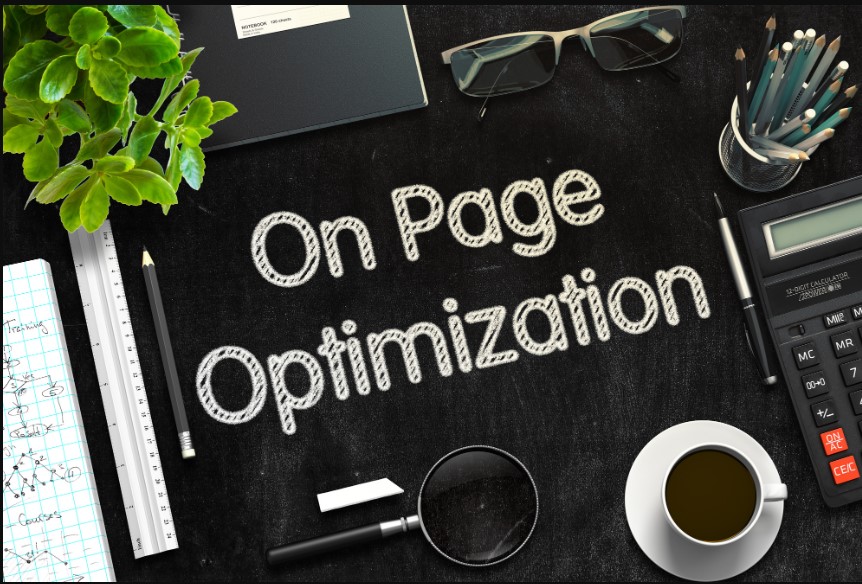From cars to necklaces, eCommerce shopping is booming. Did you know that 30% of people in 2020 bought a car online?
If you have an eCommerce business, you want to keep your potential audience engaged and wanting to buy your products. But how can you get them there in the first place?
Obtaining traffic is one of the most difficult things, but there’s a trick to increasing the volume. Read this on page SEO checklist to take your traffic from 0 to 1,000 in no time!
Your Site Can Be Indexed
Google sends crawlers to find and index your site. Without them, your site won’t rank.
You can find B2B SEO agency to help. Google Console will also tell you when something’s wrong.
To have a properly indexed site, you’ll need the following:
- Speed
- High-quality content
- Crawlability
- Easy navigation
Target Specific Keywords
eCommerce SEO (search engine optimization) is about targeting the correct keywords. If you’re looking for someone to buy a product, never include the word free in your searches.
It’s not about quantity but quality when it comes to traffic. Try specific terms for keywords. For example, blue cars online.
Never use the same keywords on various pages. This will cause you to compete with yourself.
Google won’t know which page to place first. People might wind up on your homepage instead of the product page. The Google Search Console will show impressions, clicks, ranking position, and your website’s click-through rate.
A Positive Navigation Experience
Use HTTPS to show potential customers you’re trustworthy. Decrease the use of custom fonts and always use readable options.
Reduce too many codes. Optimize images and videos with keywords. You’ll also want to use smaller images since they take a shorter time to load.
Use high-quality hosting providers and always have a mobile-friendly site. Without a mobile-friendly site, you might lose those customers using their phones.
Include the most important links on the homepage. Group pages by the topic or keyword.
Avoid Duplicate Content
Don’t duplicate content across pages. This could hurt you on Google since they’ll consider it a duplicate.
Keep information on each page original. Avoid having multiple pages with the same items.
Keep all the items on one page instead. You’ll then have a user-friendly and responsive site.
Over time you can update content as well. Avoid thin descriptions for your products; Google enjoys detailed descriptions.
If you don’t have enough content, Google will think you won’t meet the customer’s needs. Check the image and description of each product.
Developing an on Page SEO Checklist
This guide provides tips to create your own on Page SEO Checklist. Think about the goals of your company to determine your next steps. Check out competitors for ideas on how to improve your site.
Would you like to read more informative content for businesses? We can help! Check out our other posts on our site today.

